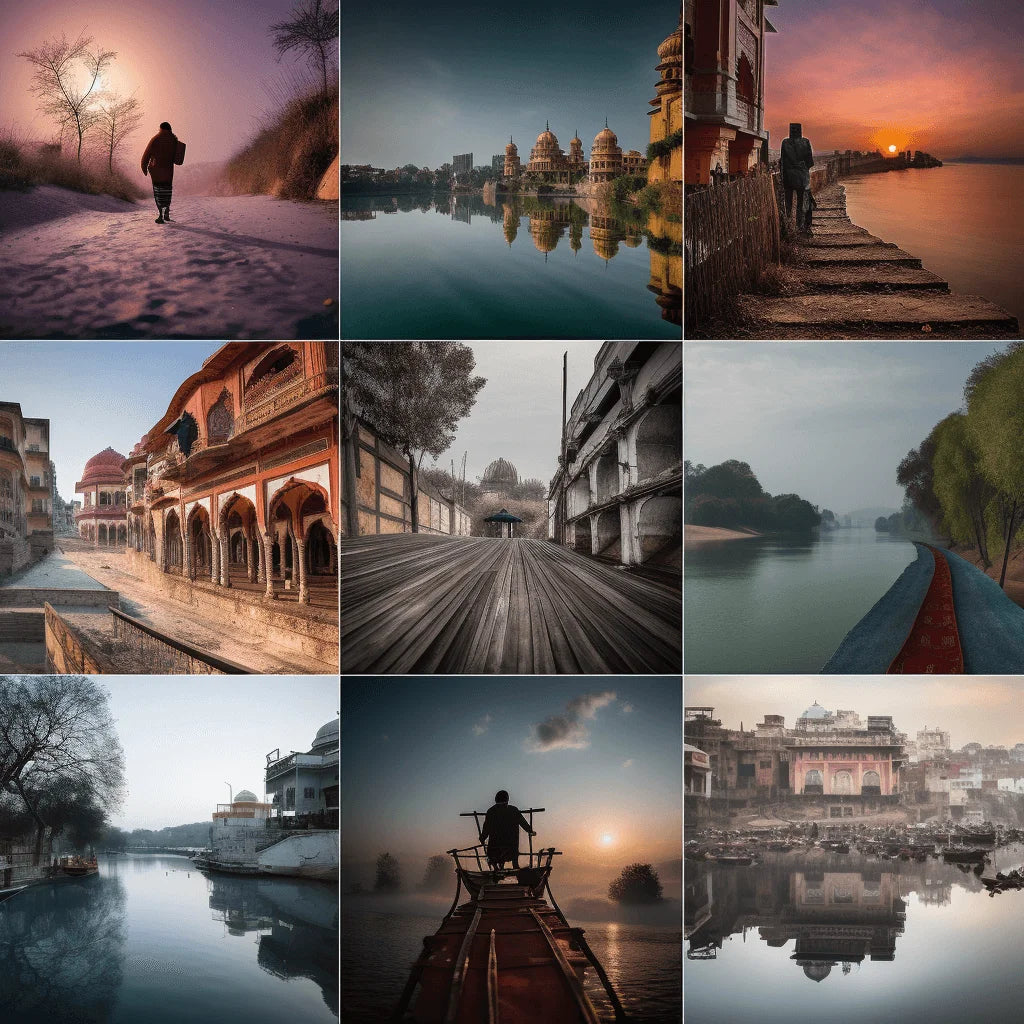

Free Shipping over 80$


Travel photography is more than just a visual souvenir—it's a storytelling craft that captures the soul of a place. From bustling city markets to vast desert plains, it allows us to freeze fleeting moments and preserve cultural memories. But mastering the genre takes more than simply pointing a camera at a scenic view. It requires vision, preparation, and an understanding of the diverse elements that bring a story to life through images.
Whether you're capturing epic landscapes or intimate portraits, here’s how to approach travel photography holistically and creatively—where every frame becomes a window into the world.

Many people assume travel photography is just about postcard-perfect landscapes, but it’s far more layered than that. A well-rounded travel portfolio includes:
Each subject brings its own challenges, and together they form a narrative mosaic of your travel experience.

At the heart of every great photo is an understanding of the basics.
Remember: good travel photography isn’t about having a perfect scene—it’s about seeing differently, even in imperfect conditions.

The best travel photos don’t just show a location; they tell a story. Think of your camera as a journal. Each image should say something—about a place, a moment, a mood.
Try to build visual narratives:
Use a mix of wide shots, close-ups, and medium compositions to create rhythm and variety. Your goal is to let viewers experience the place through your eyes.
Travel photography thrives on preparation, but also on being open to the unexpected.
Gear Tips:
Planning Essentials:

Before you embark on a faraway adventure, practice closer to home. Local parks, neighborhoods, or cultural events offer great training grounds. Use them to experiment with light, compositions, and storytelling so you’re ready when rare travel moments unfold.
A great travel photography portfolio isn’t about quantity—it’s about quality and cohesion. Curate with purpose:
Update your portfolio regularly, and don’t be afraid to remove older work as your skills and style evolve.
Publishing your travel photos can be as rewarding as taking them. Whether through social media, photo blogs, exhibitions, or stock platforms, consider how you want your work to connect with others.
And beyond sharing—keep learning. Join photo communities, attend workshops, or create your own visual series or zines. Growth as a travel photographer never ends.
At its best, travel photography is a bridge—between you and the world, between viewers and stories they’ve never known. It's not about the most exotic place or the most expensive gear. It’s about how you see, what you feel, and your ability to convey that in a single frame.
So next time you head out with your camera, remember: the world doesn’t need more pretty pictures. It needs meaningful ones.